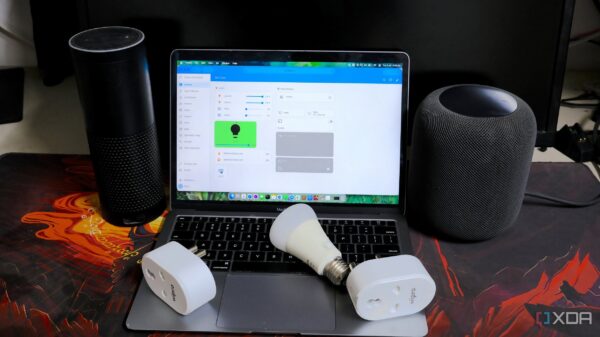Recent advancements in the treatment of HER2-mutated non-small cell lung cancer (NSCLC) underscore the importance of incorporating patient preferences into treatment decisions. With the rapid approval of therapies like T-DXd and zongertinib, clinicians are increasingly adopting shared decision-making methodologies that empower patients to actively participate in their care choices.
The approach advocates for a comprehensive discussion of treatment options, ensuring that patients understand the implications of each therapy. This is particularly critical given the differing characteristics and administration requirements of these HER2-targeted therapies. By facilitating conversations around individual priorities, goals, and preferences, healthcare providers can better tailor treatment plans to meet the needs of their patients.
Understanding Treatment Options
T-DXd, an antibody-drug conjugate, requires intravenous administration, which involves peripheral IV access and more frequent clinical visits for monitoring. Patients undergoing this treatment face potential chemotherapy-like toxicities, including nausea, vomiting, and a risk of interstitial lung disease. Regular echocardiograms are also necessary to monitor cardiac function, contributing to increased healthcare utilization and potentially impacting daily activities.
In contrast, zongertinib, a targeted tyrosine kinase inhibitor, offers a more convenient once-daily oral administration. However, it requires strict adherence and specific monitoring protocols, such as liver function tests every two weeks for the first 12 weeks. Following this initial period, patients typically face fewer clinical visits and undergo standard imaging every three months.
Patient-reported outcomes favor zongertinib, with studies indicating significant improvements in functional status and respiratory symptoms, such as cough and dyspnea. These findings highlight the durability of symptomatic relief associated with this treatment, positioning it as a favorable option among patients.
Impact on Patient Experience
The cumulative toxicity profile of traditional chemotherapy approaches versus the targeted nature of zongertinib is a critical consideration in treatment sequencing. The preference for zongertinib, followed by trastuzumab deruxtecan, reflects a growing emphasis on optimizing both efficacy and patient experience throughout the treatment continuum.
As treatment options continue to evolve, the emphasis on shared decision-making in HER2-mutated NSCLC represents a significant shift towards patient-centered care. This collaborative approach not only enhances the quality of care but also ensures that treatment plans align more closely with patients’ values and lifestyles.
By integrating patient preferences into clinical discussions, healthcare providers can navigate the complexities of treatment choices more effectively, ultimately leading to improved outcomes and a better overall experience for those affected by this challenging disease.





































































